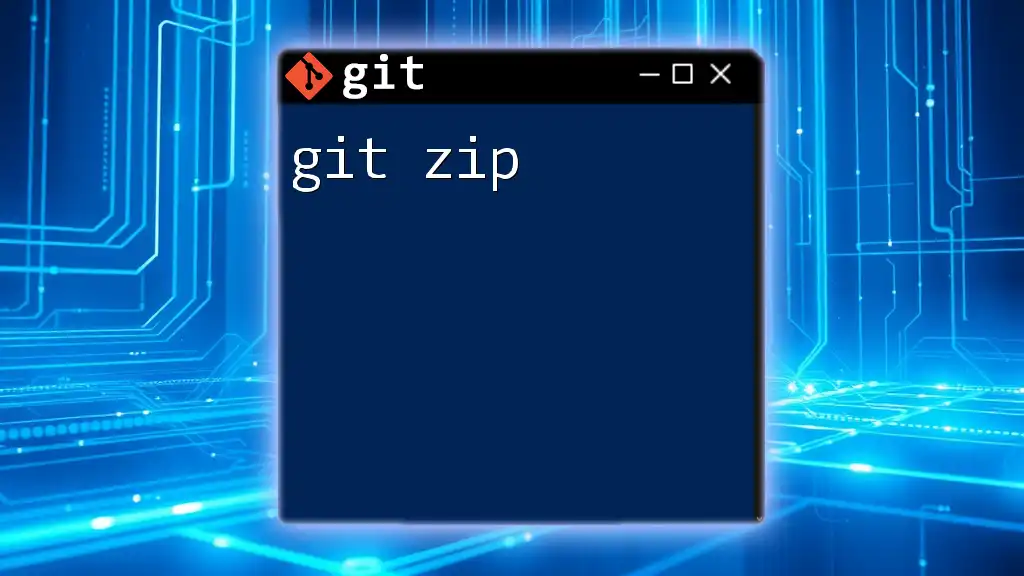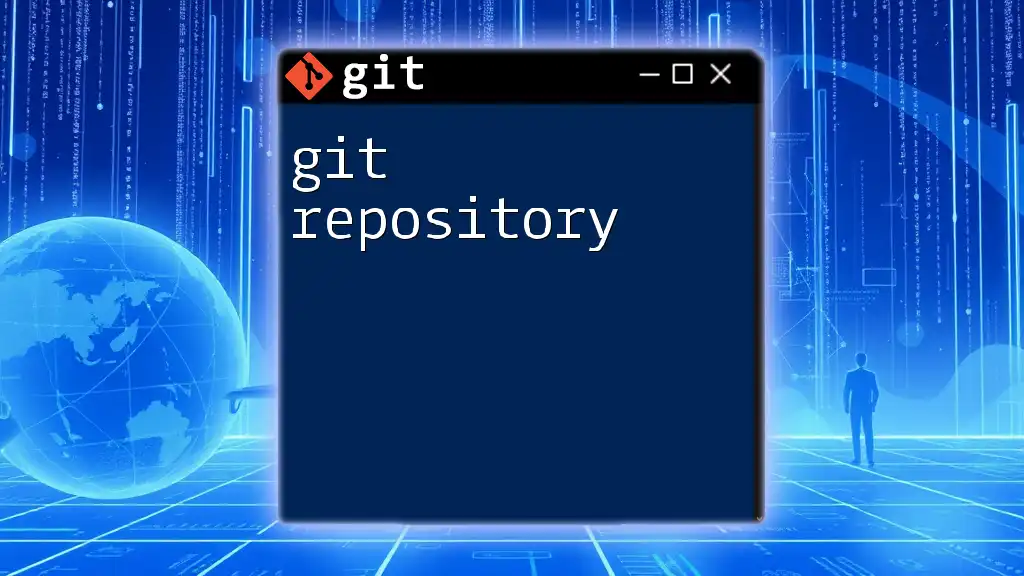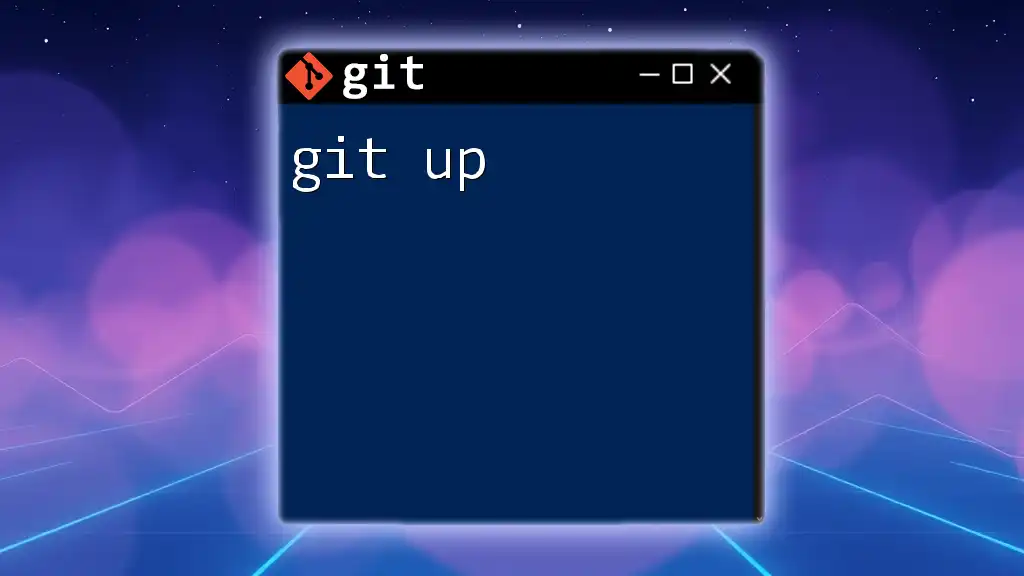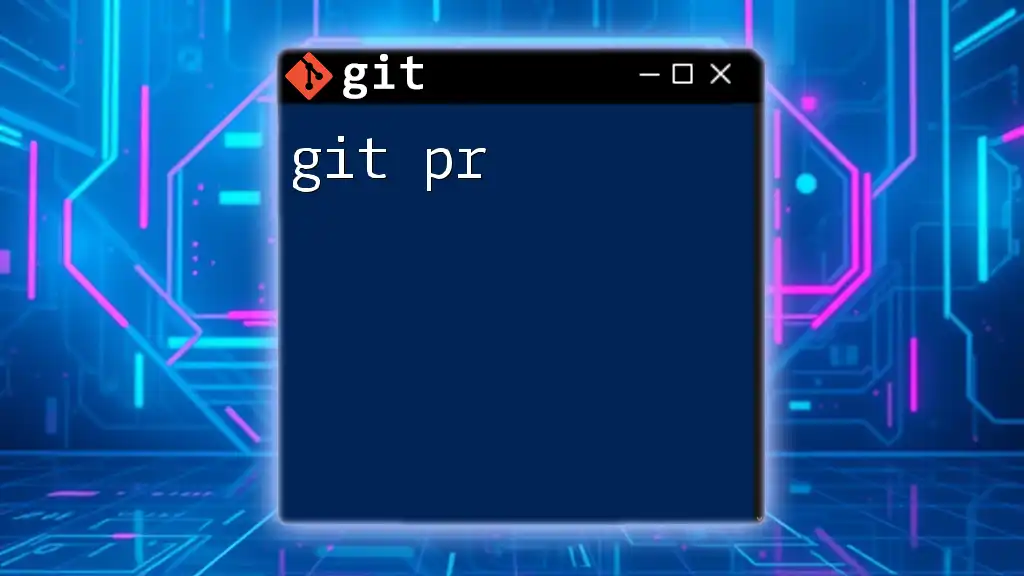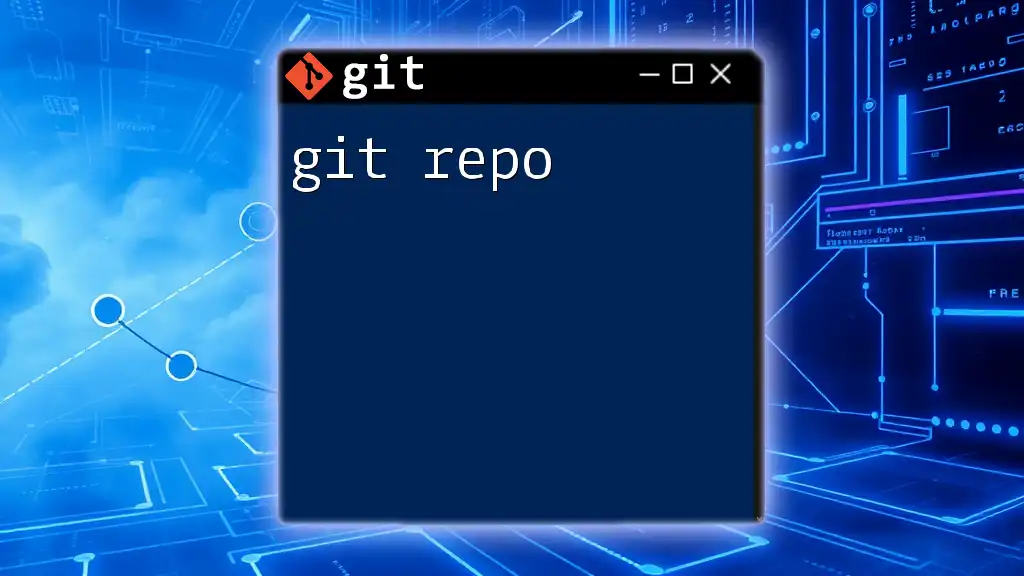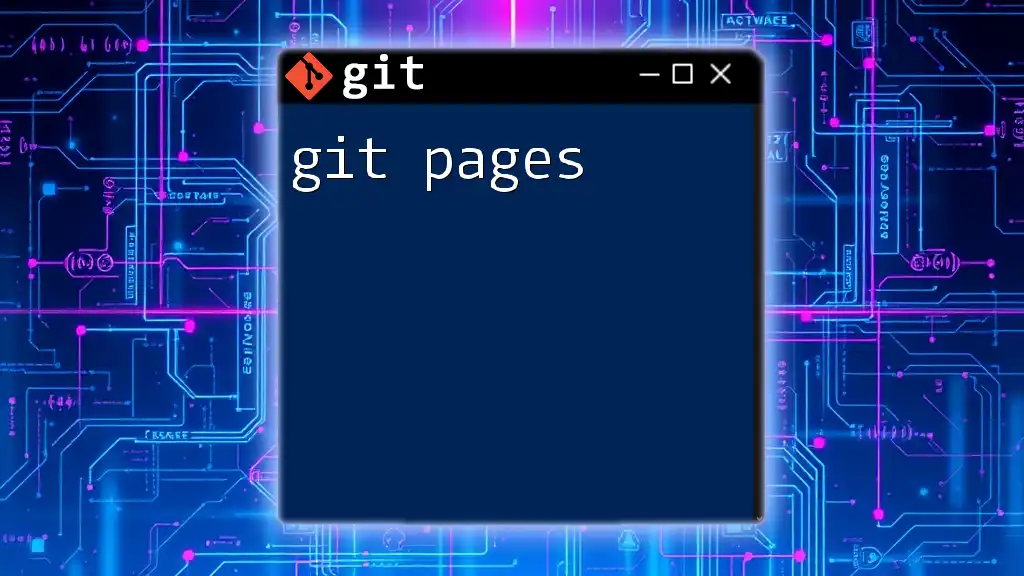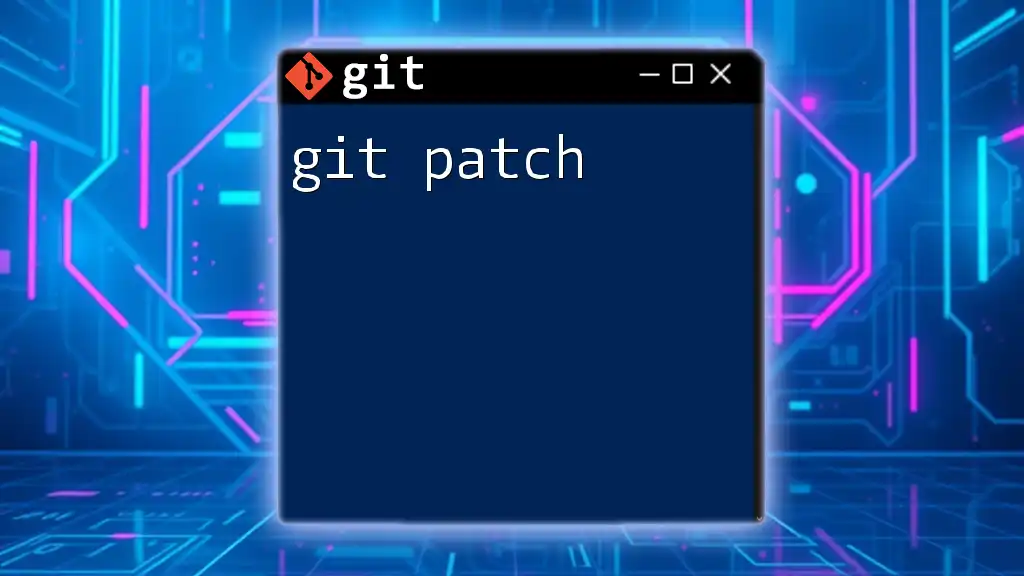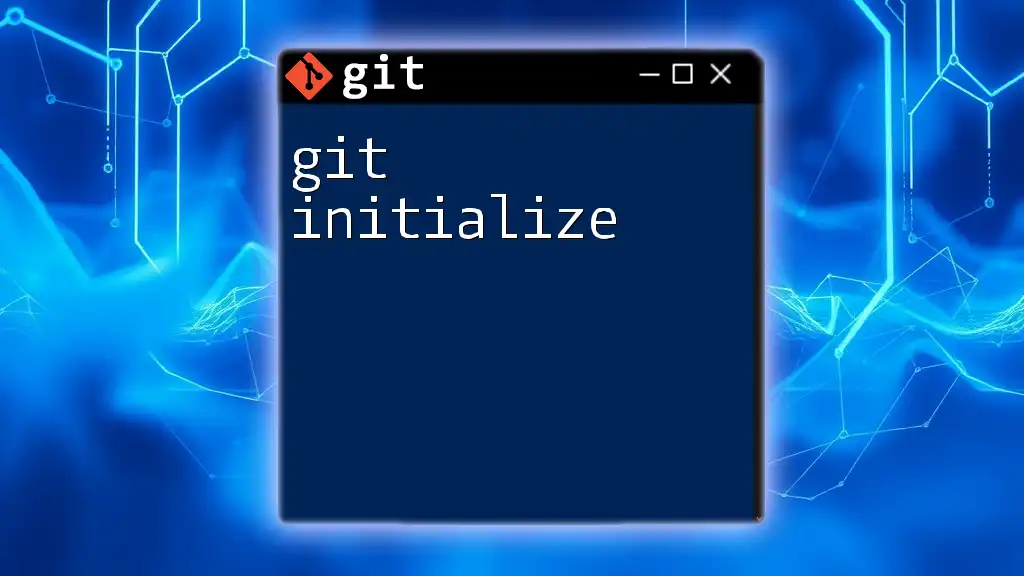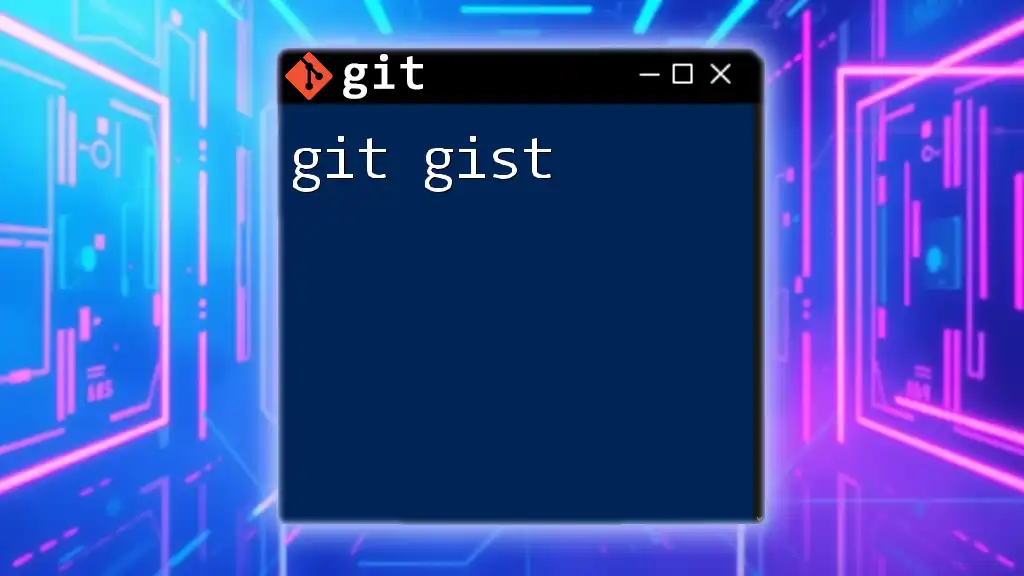The `git zip` command is not a built-in Git feature, but you can achieve similar functionality by using `git archive`, which allows you to create a ZIP archive of your repository or a specific branch.
Here’s how you can create a ZIP file of the current branch:
git archive -o archive.zip HEAD
Understanding Git and its Functionality
What is Git?
Git is a powerful version control system designed to help track changes in files and coordinate work among multiple developers. It offers a robust way to manage your project’s history, allowing for branching, merging, and collaborative efforts. Understanding Git's basic concepts is essential, including:
- Repositories: These are storage spaces that hold all your project files along with the history of changes made.
- Commits: Each commit represents a snapshot of your project at a particular point in time, along with metadata like the author and timestamp.
- Branches: Branches allow you to work on features or fixes in isolation, which can later be merged back into the main project.
Why Bother with Zipping?
Understanding why you might want to zip your Git repository can help you better manage your workflow. Zipping is advantageous because it effectively compresses your files into a single archive, making it easier to share, backup, or deploy your projects. Here are some scenarios where zipping becomes useful:
- Sharing: Sending compressed files reduces transfer times and simplifies file management.
- Backup: A zipped file serves as a snapshot of your project, which can be stored securely.
- Deployment: Many server environments prefer receiving zipped archives for easier unpacking and setup.
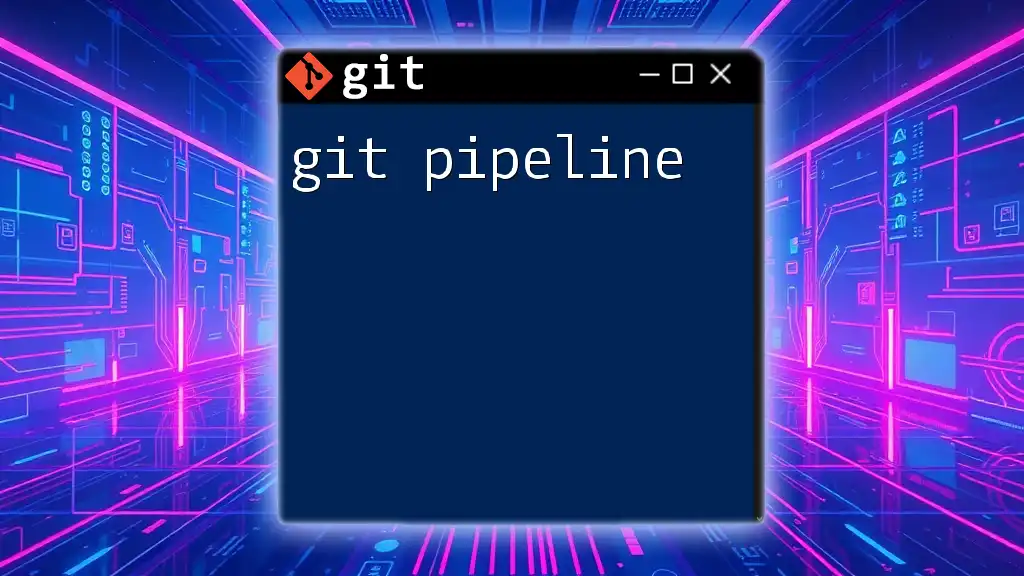
What is `git zip`?
Definition and Functionality
The `git zip` command is a utility to create a ZIP archive of your Git repository or specific parts of it. This command enables you to take advantage of Git's internal structure while producing a compact representation that is easy to distribute.
Benefits of Using `git zip`
The benefits of using `git zip` over other Git commands include its simplicity and efficiency for transferring large repositories. Unlike cloning or archiving, which may include unnecessary history or files, `git zip` allows for a direct and clean approach to zipping the content you need.
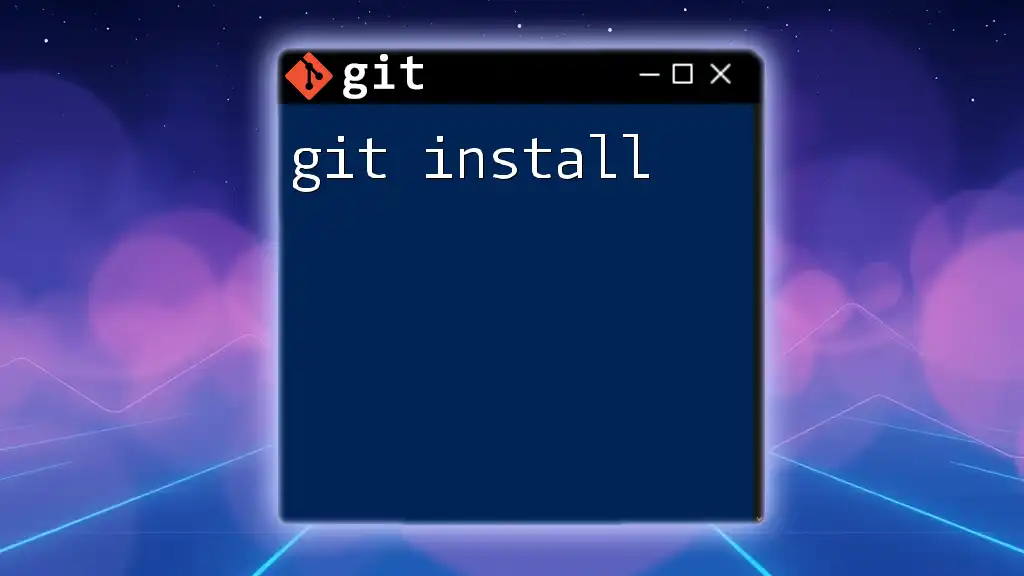
How to Install `git zip`
Prerequisites
Before you can use `git zip`, ensure you have Git installed on your computer. You can check your Git version by running:
git --version
Installation Steps
Windows: To install `git zip` on Windows, you can easily add it using a version manager or a direct installation method. If you're using a package manager like Chocolatey, run:
choco install git-zip
macOS: If you're on macOS, the easiest way to install `git zip` is via Homebrew. Use the following command:
brew install git-zip
Linux: For Linux users, you can often install `git zip` directly from your distribution’s package manager. For Ubuntu, use:
sudo apt install git-zip
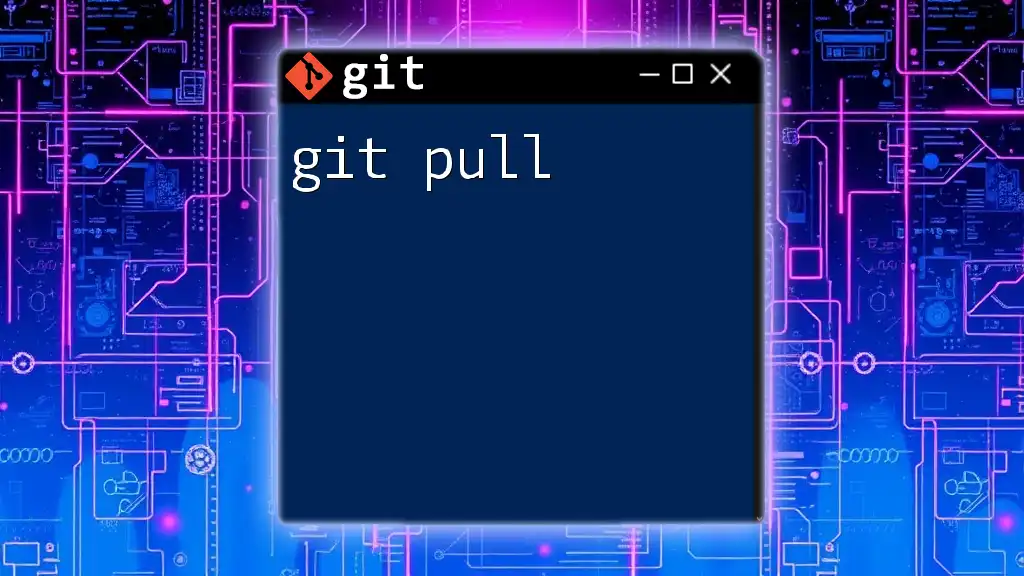
Using `git zip` Command
Syntax
The general syntax of the `git zip` command is as follows:
git zip [options] [<branch>] [<path>]
In this syntax:
- `options`: Any command line options you want to include.
- `<branch>`: The branch you want to zip (if omitted, it zips the current branch).
- `<path>`: The specific directory or file path you want to zip.
Common Use Cases
Zipping the Entire Repository
To zip the entire repository, you can use the command:
git zip -r myproject.zip
This command compresses all files and directories in the repository, providing a complete snapshot of your project.
Zipping a Specific Branch
Sometimes, you may want to create a zip file for only a specific branch. You can do this by specifying the branch name:
git zip -r myproject.zip feature-branch
This is particularly useful when you're collaborating on multiple features and only need to share the work from one branch.
Zipping a Subdirectory
If your repository contains several directories but you only want to zip a specific part, you can target that subdirectory:
git zip subdirectory/
This effectively zips and compresses only the contents of the specified subdirectory, which can streamline sharing or deployment.

Practical Examples of `git zip`
Example 1: Sharing Code with Others
Imagine you need to share your project with a colleague. You could zip it and send the resulting file over email or via a cloud storage service. The command you would use looks like this:
git zip -r project.zip
After executing this command, you'll have a neatly packaged file containing your entire project, making it easy for your colleague to get started.
Example 2: Backup an Entire Project
Regular backups are essential, especially before making significant changes. You can perform a backup by creating a zip file of your working directory:
git zip -r backup_project.zip
This ensures you have a snapshot of your project saved securely, providing peace of mind in case something goes wrong during updates.
Example 3: Preparing for Deployment
When getting ready to deploy your application, zipping can make the process smoother. You can quickly create a zip that only includes the necessary files for deployment:
git zip -r deploy.zip --exclude=*.test
This command zips the project directory while excluding test files, tailoring your content for production use.

Alternatives to `git zip`
Comparing Other Methods
While `git zip` serves its purpose well, there are alternatives to consider:
-
Git Archive: This command provides a built-in way to create a zip file of a specific commit or branch and is a viable option for simplicity.
Example command:
git archive --format=zip -o myproject.zip HEAD -
Direct Compression Tools: Tools like `zip` or `tar` can compress files independent of Git. For instance, you could run:
tar -cvzf myproject.tar.gz /path/to/myproject
These alternatives are useful in specific scenarios but may not leverage Git’s full features as effectively as `git zip`.
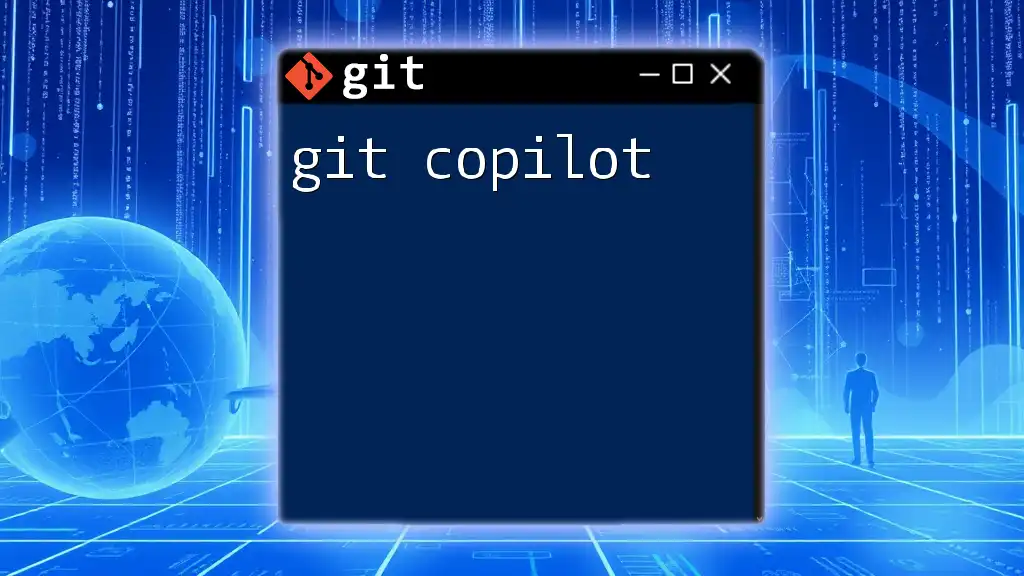
Common Issues and Troubleshooting
Common Errors with `git zip`
Users of `git zip` may encounter a few common issues:
-
Error: Command not found: This likely means `git zip` is not installed or not recognized. Ensure installation steps were followed correctly.
-
Error: No such file or directory: This can occur when attempting to zip a directory that doesn’t exist. Double-check the path or branch name provided in your command.
Best Practices
To maximize your efficiency with `git zip`, consider the following best practices:
- Organize your repository before zipping: Clean up unnecessary files to decrease the size of your zip and make sharing easier.
- Regularly update your zips: Keep frequent backups of your main codebase to prevent data loss during development or updates.
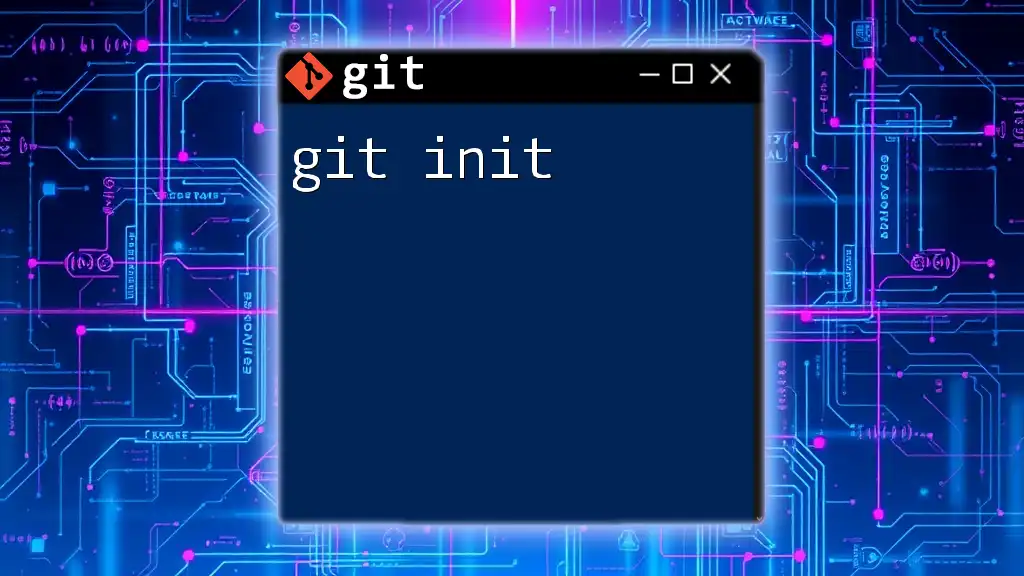
Conclusion
In summary, `git zip` is a powerful yet simple command that enhances the usability of Git for sharing, backing up, and deploying projects. Exploring its various applications can significantly improve both your productivity and project management skills. Take the time to experiment with different commands and approaches to enrich your understanding of this valuable Git functionality.

Additional Resources
Recommended Reading
For further information, consider diving into the official Git documentation or tutorials available online. This will help you discover more advanced usages and use cases for integrating `git zip` with your workflow.
Community and Support
Engage with the Git community through forums and social media groups. Asking questions and sharing experiences can accelerate your learning and uncover invaluable insights.
Call to Action
Try using `git zip` with your project today! Share your feedback and experiences in the comments, and let’s grow our understanding together.

